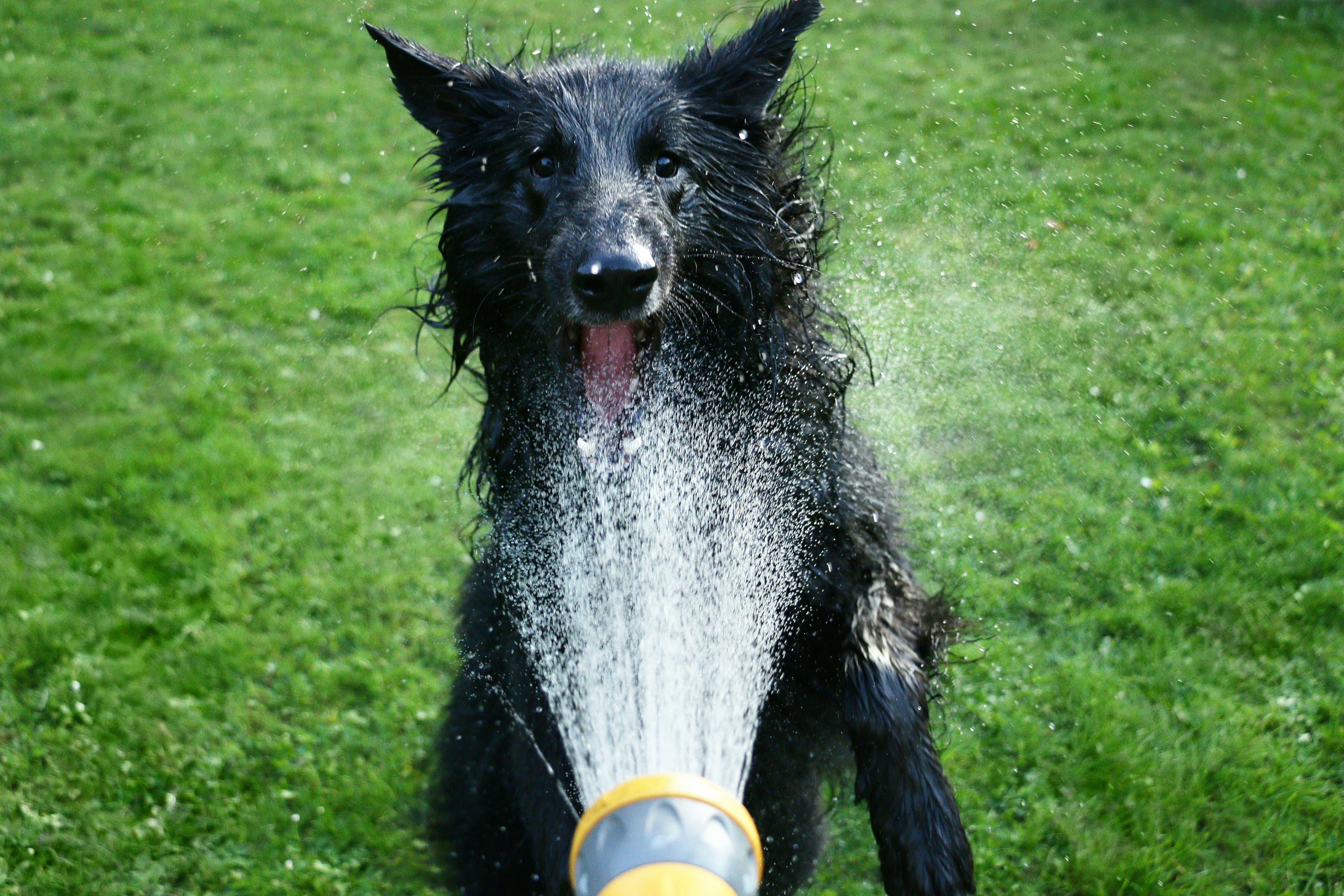Beat the Heat: 15 Clever Ways to Stay Cool This Summer!!

| Tip | Description | Benefits |
|---|---|---|
| Hydration | Keep the body hydrated with water and electrolyte-rich drinks. | Prevents dehydration and heatstroke. |
| Cooling Clothing | Wear light-colored, loose-fitting clothing. | Improves comfort and heat dissipation. |
1. Understand the Risks of High Temperatures
Healthcare professionals are well-aware of the dangers that extreme heat poses to patients, especially the elderly, young children, and those with chronic conditions. Heat-related illnesses, such as heat exhaustion and heatstroke, can escalate rapidly, leading to dire health consequences. It's imperative to educate patients on recognizing the signs of heat-related stress and the immediate steps to take should they occur.
2. Hydration is Key
One of the simplest yet most effective ways to combat the heat is by staying hydrated. Water is the best option, but for those who are at risk of electrolyte imbalance, consider recommending or providing electrolyte solutions. It's also beneficial to remind patients to avoid alcohol and caffeine, which can lead to further dehydration.
3. Create a Cool Environment
For healthcare facilities, maintaining a cool environment is not just about comfort; it's a matter of health and safety. Utilize air conditioning, fans, and keep blinds closed during the hottest parts of the day. For patients at home, advise them on the importance of keeping their living spaces cool and what to do if they don't have access to air conditioning.
4. Dress Appropriately for the Heat
Both healthcare workers and patients should wear appropriate clothing during the summer months. Light-colored, loose-fitting clothing helps the body breathe and cool down more efficiently. Additionally, a wide-brimmed hat and sunglasses can protect against the sun's harmful UV rays.
5. Monitor Those at High Risk
Certain individuals are more susceptible to heat-related illnesses, including those with medical conditions such as heart disease, obesity, and respiratory issues. Healthcare providers should closely monitor these patients during heatwaves and provide guidance on how to stay cool and hydrated.
6. Utilize Cooling Products
There are numerous products available that can help lower body temperature, such as cooling towels, gel packs, and misting fans. These can be particularly useful for patients who are bed-bound or have limited mobility.
7. Adjust Medication Management
Some medications can exacerbate the effects of heat on the body or impair the body's ability to regulate temperature. Healthcare providers should review their patients' medications during the summer months and adjust dosages or schedules as necessary to reduce risk.
8. Promote Cooling Strategies
Simple strategies like taking cool showers, using wet cloths on pulse points, and staying in the lowest level of the home can make a significant difference in comfort and safety. Educate patients on these techniques and encourage them to use them regularly.
9. Encourage Smart Exercise
Advise patients to avoid strenuous activities during the peak heat of the day and to opt for cooler times such as early morning or evening. When exercising, it's important to take frequent breaks and stay hydrated.
10. Know When to Seek Help
It's crucial for patients and healthcare providers to recognize when heat-related symptoms are severe enough to require medical attention. Quick response to signs of heatstroke, such as confusion, rapid pulse, and excessive body temperature, can be lifesaving.
11. Plan for Power Outages
During heatwaves, power outages can be common. Have a plan in place for such events, including having a backup generator for medical equipment and a list of cool shelters or facilities for patients to go to if needed.
12. Stay Informed About Weather Forecasts
Keeping up-to-date with the latest weather forecasts can help in planning and preparing for extreme heat conditions. This is especially important for healthcare facilities that need to ensure the safety and comfort of their patients.
13. Implement Heat Policies
Healthcare organizations should have clear policies for managing extreme heat conditions. These policies should include protocols for monitoring indoor temperatures, adjusting staffing and schedules, and providing heat safety training for staff.
14. Use Technology to Your Advantage
Telemedicine can be a valuable tool during the summer months, allowing patients to consult with healthcare providers without having to leave the comfort of their air-conditioned homes.
15. Community Outreach and Education
Healthcare organizations can play a pivotal role in community education about heat safety. Hosting workshops, distributing informational materials, and partnering with local media can help spread the word on how to stay safe during the summer heat.


